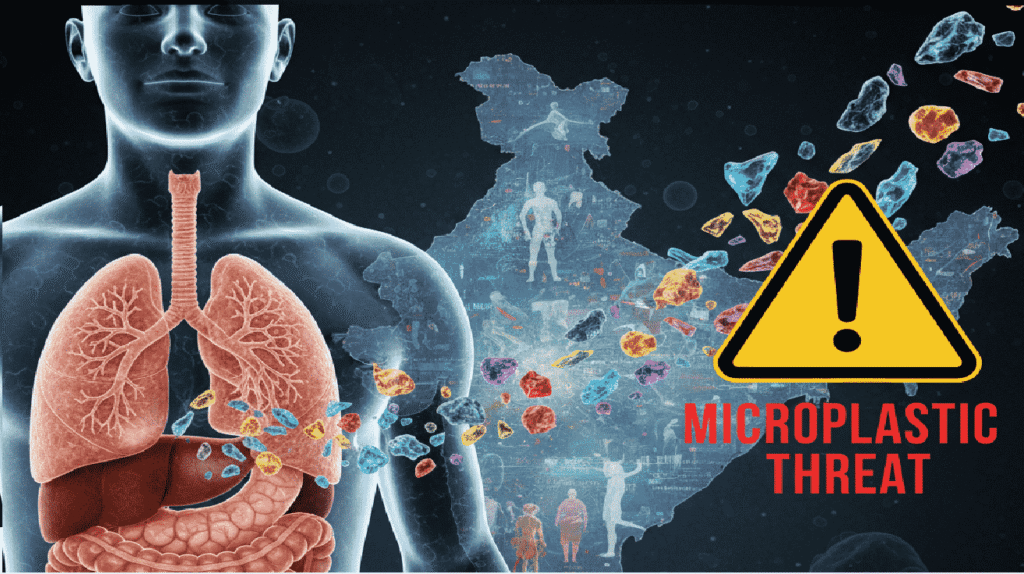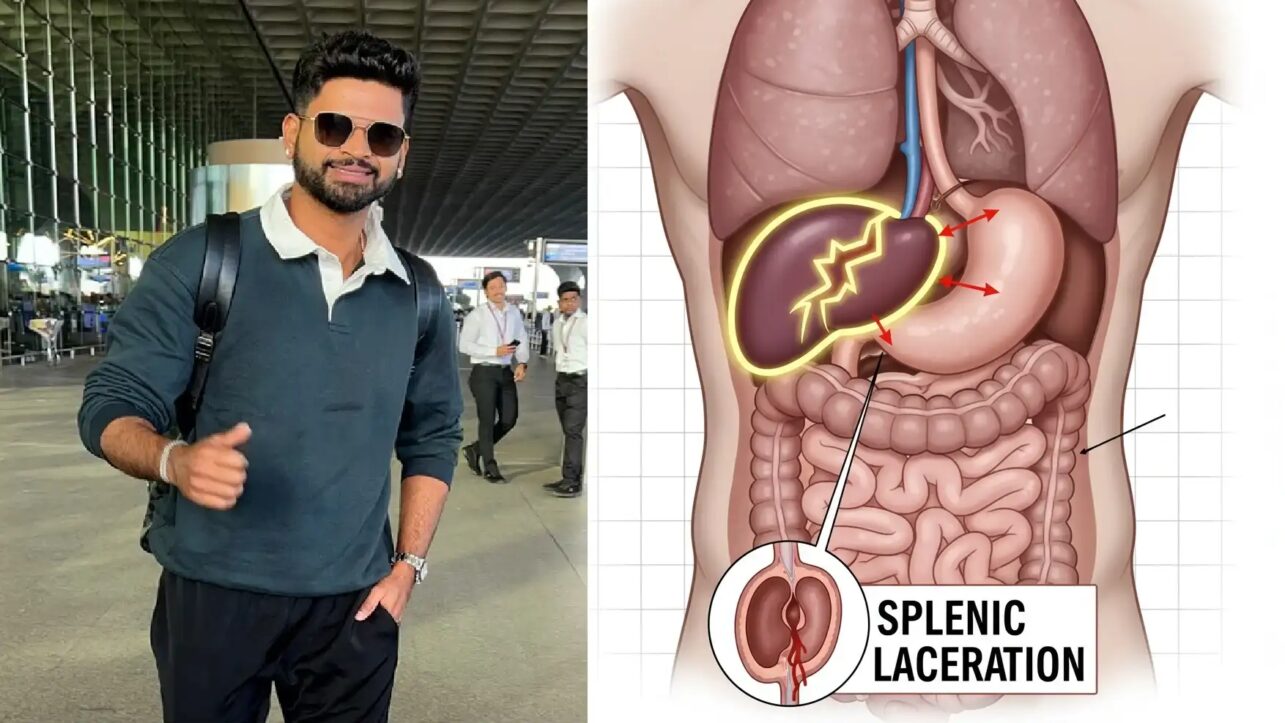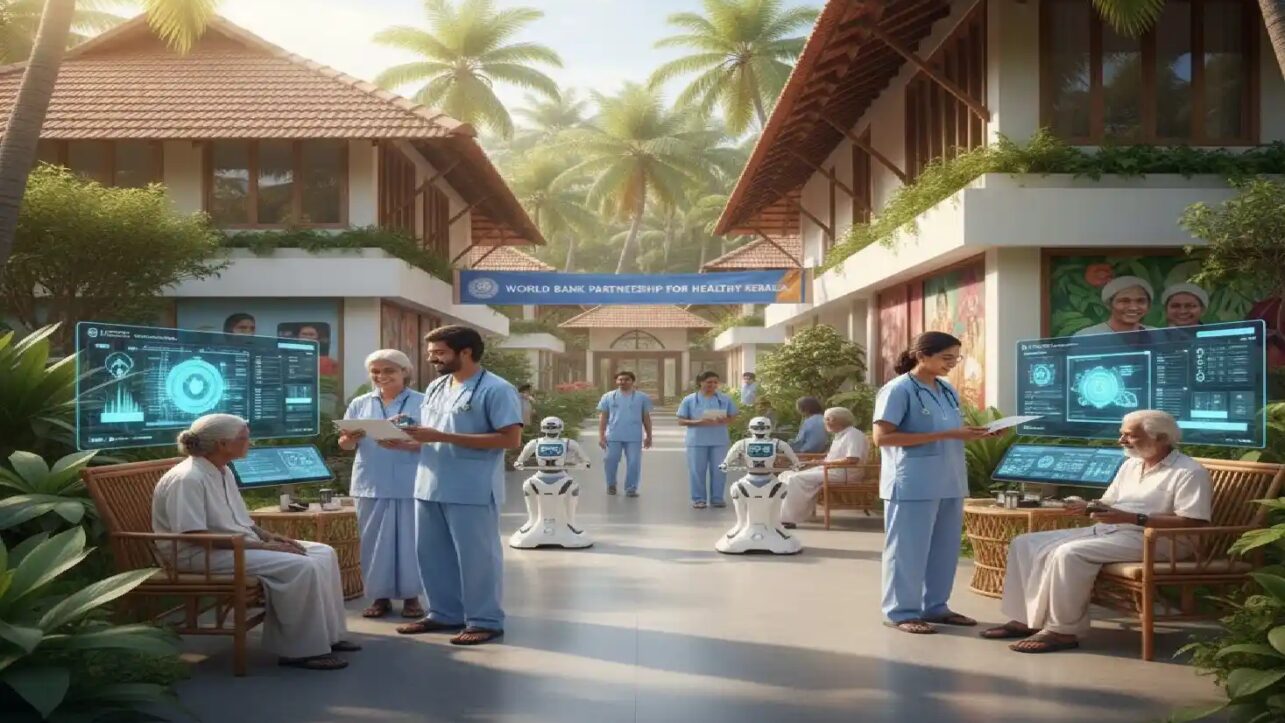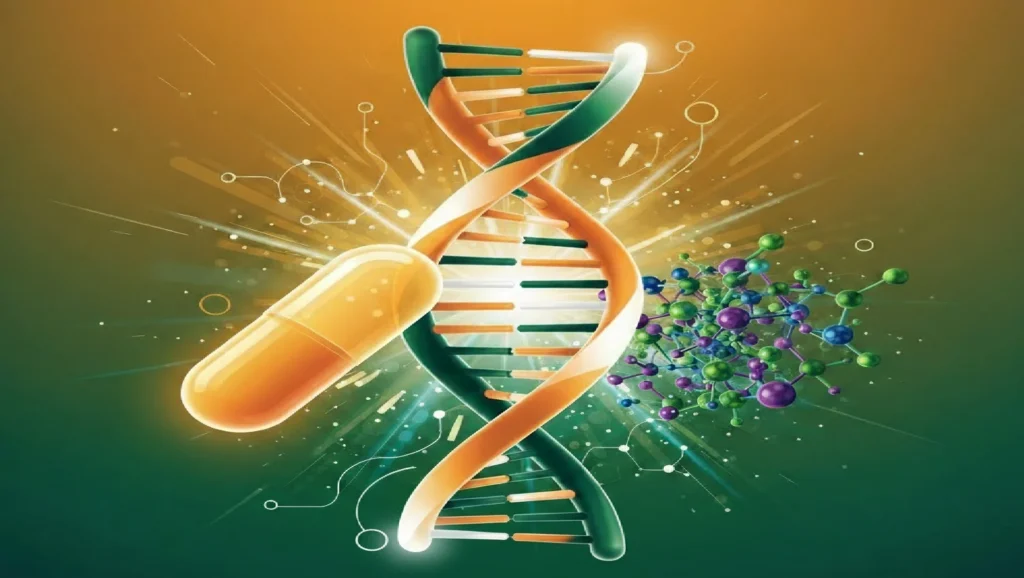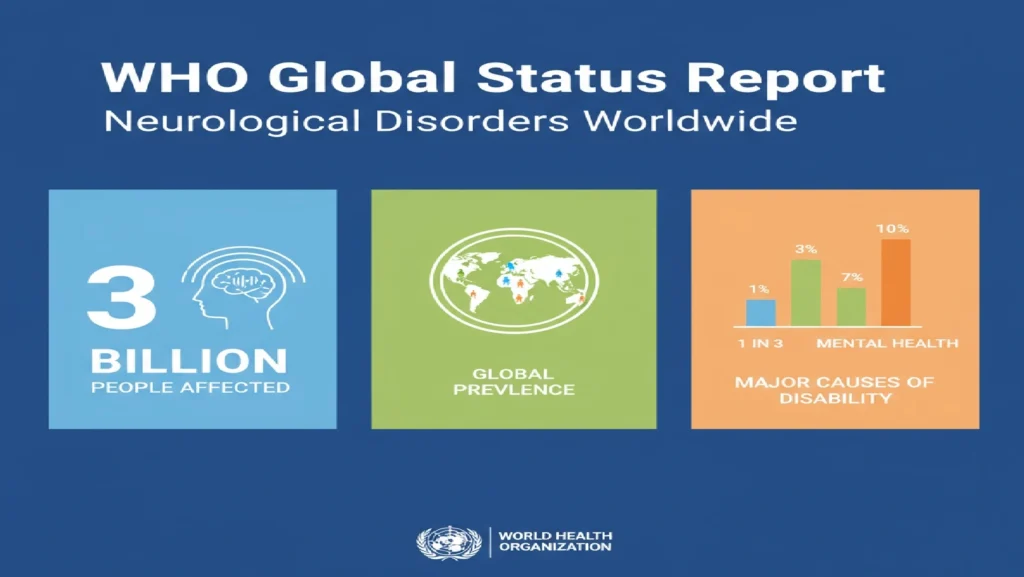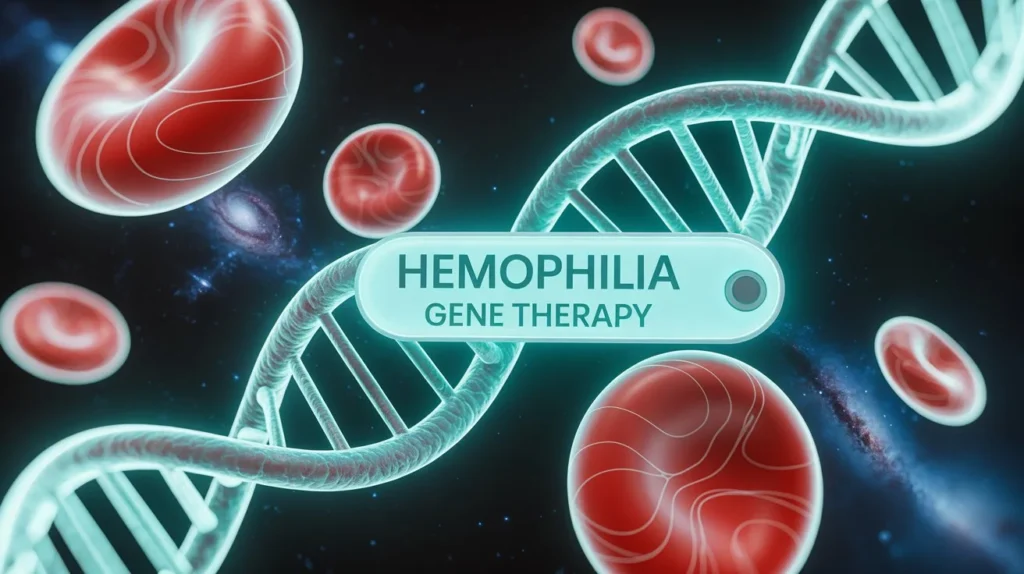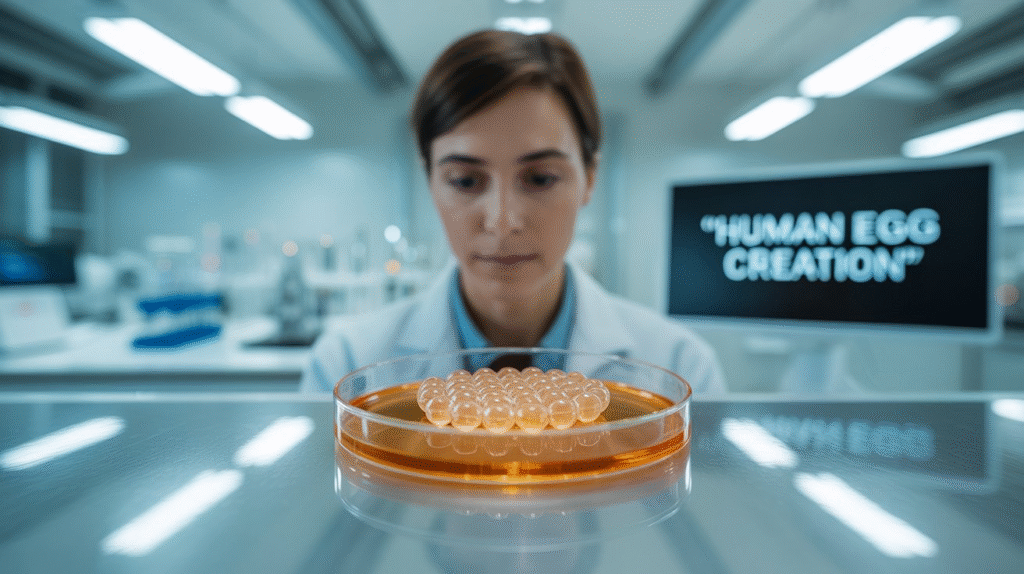Microplastics—plastic particles smaller than 5mm commonly found in the environment—can alter the human gut microbiome, with some changes resembling patterns linked to depression and colorectal cancer, according to groundbreaking research presented at UEG Week 2025 in Berlin on October 7, 2025.
The study, conducted within the framework of microONE, a pioneering COMET Module programme project led by CBmed research center in collaboration with international partners, is among the first to directly examine how different types of microplastics interact with the human gut microbiome using actual human stool samples.
Plastic Particles Trigger Gut Microbiome Changes
The research team used stool samples from five healthy volunteers to grow ex vivo gut microbiome cultures. These cultures were then exposed to five common microplastic types – polystyrene, polypropylene, low-density polyethylene, poly(methyl methacrylate) and polyethylene terephthalate – at concentrations reflecting estimated human exposure, as well as higher doses to investigate potential dose-dependent effects.
While total and viable bacterial cell counts remained largely unchanged, microplastic-treated cultures showed a consistent and significant increase in acidity (lower pH levels) compared to controls, indicating altered microbial metabolic activity.
Further analysis revealed microplastic-specific shifts in bacterial composition, with certain bacterial groups increasing or decreasing depending on the microplastic type. Changes were observed across several bacterial families, including Lachnospiraceae, Oscillospiraceae, Enterobacteriaceae, and Ruminococcaceae, with the majority occurring within the phylum Bacillota – a key group of gut bacteria important for digestion and overall gut health.
“These findings are significant given how pervasive microplastic exposure is in everyday life, with microplastics being found in fish, salt, bottled water, and even tap water,” said lead author Christian Pacher-Deutsch.
Links to Depression and Cancer
These shifts in bacterial composition were accompanied by changes in the chemicals produced by the bacteria, some of which corresponded with the observed decreases in pH. Some of these changes reflected patterns previously linked to diseases such as depression and colorectal cancer, underscoring the potential implications of microplastic exposure for disease risk.
“While it’s too early to make definitive health claims, the microbiome plays a central role in many aspects of well-being, from digestion to mental health,” Pacher-Deutsch concluded. “Reducing microplastic exposure where possible is therefore a wise and important precaution”.
Microplastics Accelerate Parkinson’s Disease Pathology
In parallel research published October 8, 2025, in Frontiers in Public Health, scientists discovered that microplastics may accelerate Parkinson’s disease-like dopamine neuron degeneration.
The comprehensive review highlighted that exposure to microplastics may impact neurological health through multiple mechanisms, including metabolic disturbances, inflammatory responses, and direct neurotoxicity.
Earlier landmark research published in Science Advances in November 2023 found that anionic nanoplastic contaminants potently precipitate the formation and propagation of α-synuclein protein fibrils—the hallmark of Parkinson’s disease pathology.
“Our study suggests that the emergence of micro and nanoplastics in the environment might represent a new toxin challenge with respect to Parkinson’s disease risk and progression,” said Andrew West, Duke professor in the Department of Pharmacology and Cancer Biology. “This is especially concerning given the predicted increase in concentrations of these contaminants in our water and food supplies“.
Research from Duke University found that microplastic concentrations were higher in the brains of deceased patients who had been diagnosed with dementia compared to the brains of deceased individuals without dementia.
Bottled Water Adds 90,000 Microplastic Particles Annually
A study available on Sciencedirect published on 5th september2025, revealed that bottled water drinkers consume an additional 90,000 microplastic particles per year compared to those who drink only tap water.
The average person already ingests between 74,000 and 120,000 microplastic particles annually through food and air, depending on age and sex. For bottled water drinkers, that number climbs significantly higher.
“A chance encounter with plastic waste on a tropical beach sparked a deep investigation into what those fragments mean for human health,” researchers noted. “The research reveals that bottled water isn’t as pure as it seems—each sip may contain invisible microplastics that can slip through the body’s defenses and lodge in vital organs“.
How Microplastics Enter the Human Body
Microplastics usually come from plastic that has degraded, such as shedding from water bottles, plastic packaging and synthetic clothes. Researchers have identified microplastics in:
- Fish and shellfish
- Added sugars and salts
- Alcohol
- Tap and bottled water
- Breathable air
- Food packaging
Polystyrene microplastics, derived primarily from pervasive single-use plastics, have been identified in low microgram per milliliter quantities in blood samples from young healthy control subjects and may have the propensity to disrupt and cross the mammalian blood-brain barrier to traverse into deep parenchymal brain tissue.
Multiple Health Risks Identified
Beyond gut microbiome disruption and neurological effects, microplastics have been linked to a wide range of chronic health issues:
Respiratory diseases: Inhalation of microplastic particles can cause lung inflammation and respiratory problems
Reproductive issues: Microplastics have been detected in human placenta and may affect fertility
Cancer risk: Linked to various cancers including colorectal cancer
Hormonal disruption: Chemical additives in plastics can act as endocrine disruptors
Cardiovascular disease: Microplastics detected in human blood may contribute to heart disease
Immune system dysfunction: Can trigger inflammatory responses throughout the body
A perspective published in Environmental Science: Nano in March 2025 highlighted that microplastics may cross the blood-brain barrier, inducing oxidative stress and neuroinflammation.
India: A Hotspot for Microplastic Pollution
India faces an acute microplastic crisis that directly impacts public health:
Massive plastic waste generation: India generates 3.4 million tonnes of plastic waste annually, with much of it fragmenting into microplastics
Water contamination: Studies have found high concentrations of microplastics in major Indian rivers including the Ganges, Yamuna, and Brahmaputra
Air pollution: Delhi and Mumbai rank among cities with high atmospheric microplastic concentrations
Dietary exposure: Indian reliance on packaged foods, bottled water, and single-use plastics increases consumption of microplastics
Limited awareness: Public awareness about microplastic health risks remains low in India
Seafood consumption: Coastal populations consuming fish and shellfish face heightened exposure
Indian Research Confirms Gut Health Risks
According to research from PGI Chandigarh reported in the Indian Express demonstrated that microplastics can reduce good gut bacteria and facilitate the growth of harmful bacteria. The study showed that microplastics act as carriers for pathogenic bacteria, creating a “Trojan horse” effect in the human body.
Dr. Dharmendra Singh, additional professor in the Department of Biochemistry at PGI, explained that microplastics not only carry bacteria on their surfaces but also provide a protective environment that helps harmful bacteria evade the body’s immune responses.
“Our research underscores a hidden threat in our everyday environment,” Dr. Singh stated. “It’s crucial to minimise the use of plastics in food and water to protect gut health“.
Environmental Persistence and Future Projections
The problem is set to worsen dramatically. Microplastics continue environmental degradation through ultraviolet irradiation that charges the particles and mechanical shearing that reduces average particle diameters.
“This is due to continued environmental degradation of older microplastics,” researchers explain. “Therefore, it is relevant to explore the potential impact these emerging particles might have on disease risk, either risk imposed by particles currently in the environment that are difficult to measure with current technologies or those that likely exist in the foreseeable future“.
Parkinson’s disease diagnoses are predicted to greatly increase in upcoming generations while microplastics continue to enter the environment at growing rates, inciting a point of concern for the human population and other organisms.
Reducing Microplastic Exposure
While complete avoidance is impossible, experts recommend practical steps to minimize exposure:
Choose tap water over bottled: Drink filtered tap water whenever possible to avoid the 90,000 additional particles from bottled water
Avoid microwaving plastic: Heat causes plastics to break down and leach into food
Use glass or stainless steel containers: Replace plastic food storage with glass, ceramic, or stainless steel
Reduce plastic packaging: Choose fresh foods over heavily packaged items
Filter drinking water: Use high-quality water filters to remove microplastic particles
Limit synthetic clothing: Natural fibers shed fewer microplastics than synthetic fabrics
Avoid single-use plastics: Choose reusable bags, bottles, and utensils
Research Limitations and Future Directions
Researchers acknowledge current measurement technologies need improving. “The authors rightly point out the large amount of variation in their estimates, and make known current limitations in the methods used to quantify plastic exposure in consumed items,” noted Kevin Thomas, Director of the Queensland Alliance for Environmental Health Sciences.
The UEG Week 2025 study used only five volunteers, and the long-term health consequences of altered gut microbiomes from microplastic exposure require further investigation.
“These results highlight a critical need to better understand the routes of exposure, uptake and clearance pathways and potential health consequences of plastics in human tissues, particularly in the brain,” according to research published in Nature.
The Bottom Line
The convergence of multiple studies in October 2025 paints an increasingly concerning picture of microplastic health impacts. From gut microbiome disruption linked to depression and colorectal cancer, to accelerated Parkinson’s disease pathology, to massive additional exposure from bottled water, the evidence demands urgent action.
“While it’s possible there are [no negative health effects] and they just haven’t been found, imminent danger is very unlikely,” said Lauren Roman from CSIRO Oceans and Atmosphere. “However, the current health effects are unclear, [and] the study authors agree there is potential for many complications, as the tiny particles could travel into our tissues, trigger an immune response or carry chemicals and pollutants that were present during the production of the plastics“.
As microplastic contamination continues to escalate globally, particularly in rapidly developing nations like India, reducing exposure through conscious consumer choices and advocating for stronger environmental regulations becomes increasingly critical for protecting long-term health.

